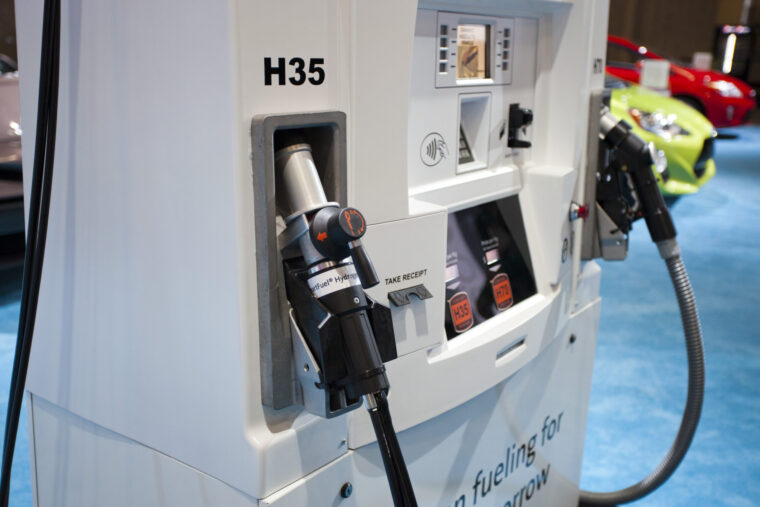
The U.S. Department of Energy (DOE) has announced plans to allocate up to $2.2 billion for two Regional Clean Hydrogen Hubs (H2Hubs). These hubs — Gulf Coast H2Hub and Midwest H2Hub — will speed up the large-scale use of affordable, clean hydrogen, an energy source that can be made with little or no carbon emissions.
The H2Hubs program’s goal is to create a nationwide network connecting clean hydrogen producers, users and infrastructure while supporting its production, storage, transportation and applications.
Developing a fair and robust clean hydrogen economy is intended to boost America’s economic strength, create high-quality, well-paying jobs and reduce harmful emissions.
The DOE is providing up to $1.2 billion for the Gulf Coast Hydrogen Hub and up to $1 billion for the Midwest Hydrogen Hub. These two new awards come in addition to three H2Hubs already funded and aim to encourage private sector investments in clean hydrogen to mitigate the health and climate impacts from pollution.
Gulf Coast Hydrogen Hub (HyVelocity Hub; Texas): The Gulf Coast Hydrogen Hub plans to create a balanced network of hydrogen producers and consumers by taking advantage of the region’s abundant renewable energy and natural gas resources to lower hydrogen costs, an essential step for widespread adoption. The Hub’s key projects include producing clean hydrogen through electrolysis of water and from natural gas, combined with carbon capture and storage. The project is expected to generate around 45,000 direct jobs throughout its lifespan.
Midwest Hydrogen Hub (Midwest Alliance for Clean Hydrogen, MachH2; Illinois, Indiana, Iowa, Michigan): Positioned in a major industrial and transportation corridor, this Hub plans to use the region’s diverse energy resources, including wind, natural gas and nuclear energy, to reduce emissions in sectors like steel and glass production, other manufacturing, power generation, refining and heavy-duty transportation. The project is expected to create approximately 12,000 direct jobs over its lifetime.
Clean hydrogen’s unique properties make it a powerful tool for the H2Hubs to significantly cut emissions in highly energy-intensive industries, such as chemical manufacturing, heavy-duty transportation and other industrial processes.
Clean hydrogen can also serve as a long-term energy storage solution, helping to expand the use of renewable energy.
The H2Hubs are expected to produce millions of metric tons of hydrogen each year, helping the U.S. move closer to its 2030 production goals while cutting emissions from industrial sectors that account for 30% of the country’s total carbon output.
The hubs will collectively reduce tens of millions of metric tons of carbon dioxide annually, equivalent to the yearly emissions of millions of gasoline-powered cars.
The DOE’s Office of Clean Energy Demonstrations (OCED) oversees the H2Hubs program. Using a phased approach to project oversight, OCED will review and evaluate each hub’s progress, including its impact on community benefits. These evaluations will influence OCED’s decisions on whether to continue federal funding to allow a project to move forward.
Photo courtesy U.S. Department of Energy from United States, Public domain, via Wikimedia Commons
The post Department of Energy investing $2.2 billion in two new clean-hydrogen hubs appeared first on Government Market News.
